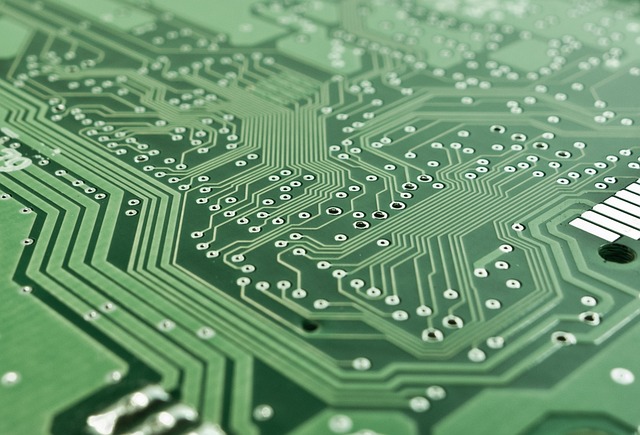
Schematics
Schematics are diagrams that show the electronic components and their connections in a circuit. They are essential tools for anyone working with electronics, as they provide a clear, detailed map of how a circuit is supposed to work. There are several advantages to using schematics when repairing electronics.
First, schematics make it easy to understand the circuit and how it works. They show the components, their values, and the connections between them. This makes it easy to identify which components are responsible for certain functions, and how they are connected to one another. This makes it much easier to diagnose problems and find solutions.
Second, schematics can save time and money when repairing electronics. Without a schematic, it can be time-consuming and difficult to trace a problem to its source. With a schematic, it is much easier to find the specific component that is causing the problem, and to make the necessary repairs. This can save a lot of time and money in the long run.
Third, schematics can help prevent mistakes when repairing electronics. Without a schematic, it is easy to make mistakes when working on a circuit. With a schematic, it is easy to check your work and make sure that everything is connected correctly. This can prevent damage to the circuit and save money in the long run.
The origin of schematics is not well documented, but it is believed that the first schematics were drawn by hand by early electrical engineers. The first electronic schematics were used in the early 1900s, as more and more people began to work with electronic circuits. These early schematics were simple and often hand-drawn, but they provided a clear and concise representation of the circuit.
It’s hard to specify who made the first schematic, as the concept of schematics has been around for centuries and the earliest electronic schematics were likely created by many different people working independently. The first electronic schematics were simple and often hand-drawn, but they provided a clear and concise representation of the circuit. They were widely adopted as the industry grew and technology advanced.
In conclusion, schematics are an essential tool for anyone working with electronics. They provide a clear and detailed map of how a circuit works, making it easy to understand, diagnose problems, and make repairs. They can save time and money, and help prevent mistakes when working on a circuit. The origins of schematics are uncertain, but they have been in use for centuries and have evolved over time to become the powerful tool they are today.
